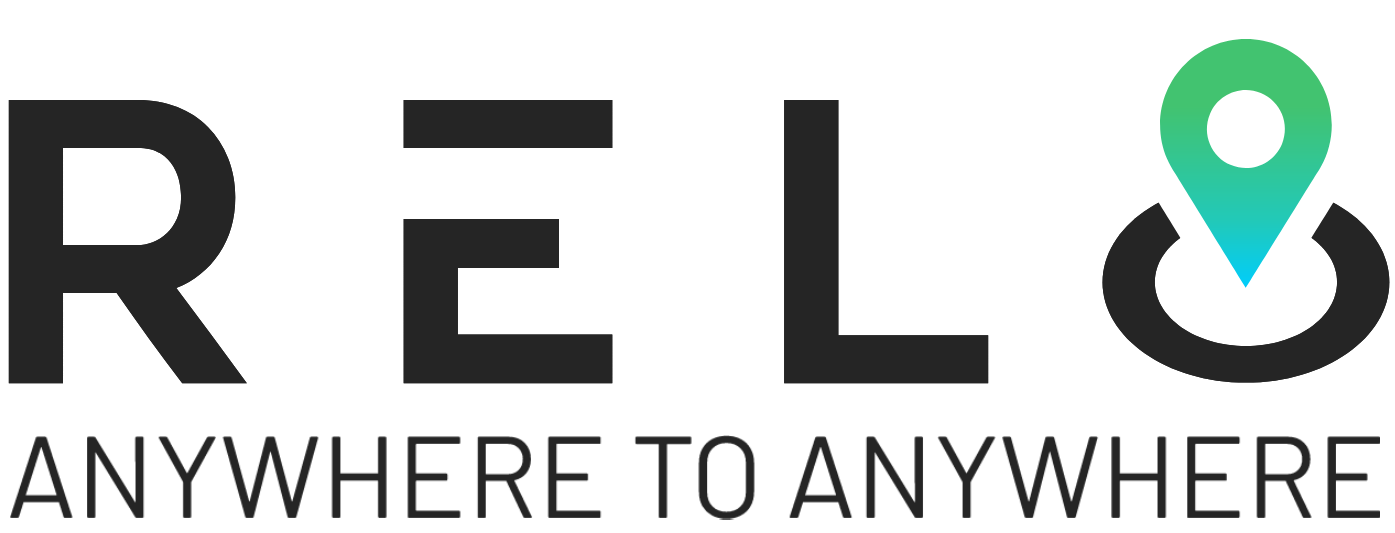The world of work is changing fast, and that goes double for how companies think about relocating employees. And let’s be real, employee relocation isn’t just about packing boxes. It’s finding a new school for the kids, making new friends (harder than it sounds!), and figuring out how things work in a new place. Talk about overwhelming! Companies that get this go beyond logistics and address the overwhelming aspects of relocation.
They understand that successful employee relocation trends are about helping with the stuff that matters – language lessons, finding a house that feels like home, or even someone to explain the weird local food. They make the whole process smoother and offer support that goes the extra mile.
It means help with everything from language classes to finding the right neighborhood or giving folks a crash course in the local customs. In a tight talent relocation market, that commitment can be the difference between keeping your best people and watching them walk out the door.
Decentralization of Corporate Headquarters
The era of the towering, monolithic corporate headquarters is slowly ending. Companies embrace a more decentralized model, establishing multiple regional hubs designed to serve their diverse markets better. This approach facilitates excellent market responsiveness and fosters a more inclusive and flexible work environment across different geographies.
This shift has far-reaching implications for how companies attract and retain talent –
- Increased Intra-company Transfers – As companies open offices closer to specific markets, we’ll likely see more employee relocation trends being offered transfers within the company rather than having to job hop to advance their careers in a new location.
- Rise of International Assignments – With hubs in different countries, employees might be tapped for stimulating international assignments. These postings can be short-term to tackle a specific project or a more extended talent relocation to build expertise in a foreign market.
- Need for Adaptability – This employee relocation trends underline the importance of adaptability for employees. Those willing to take on new roles and move between company hubs will have a significant career advantage.
- Potential for “Hub Hopping” – They might even see a rise of “Hub Hopping” employees – talented individuals who rotate between different regional offices, gaining broad international experience and contributing unique insights to each location.
Also read – Why Global Talent Mobility is Essential for Your Business in 2026
Integration of Advanced Relocation Technologies
Gone are the days when relocation meant mountains of paperwork and frustrating phone tags. AI-powered platforms and blockchain technology are revolutionizing the process. These tools streamline tasks, saving time and reducing headaches for employee relocation trends and HR teams. A recent SHRM study shows that companies using such platforms save up to 35% on relocation time.
Adopting advanced technologies signifies substantial efficiency gains for businesses engaged in international employee relocation. These innovations are not solely about enhancing operational efficiency; they also provide personalized support explicitly tailored for employees undergoing relocation across borders. Employees gain access to crucial real-time updates on housing availability and visa processing statuses as part of the international employee relocation process.
AI-powered language learning tools like Duolingo or Rosetta Stone are instrumental in alleviating the overwhelming feelings associated with adapting to a new language and culture. For businesses, adopting these technologies isn’t just about convenience – it’s a significant investment in attracting and relocating talent in a competitive market.
Emphasis on Diversity, Equity, and Inclusion (DEI)
Companies are finally recognizing that a cookie-cutter approach to employee relocation needs to be updated and respectful of the diverse needs of their workforce. The focus on D&I in employee relocation means creating corporate relocation packages that truly support employee relocation trends from all backgrounds, ensuring a smooth transition for the employee and their families.
Here’s why this matters –
- Respecting Cultural Differences – Relocation policies must consider cultural nuances, from religious practices to dietary restrictions. Pre-move orientations and cultural sensitivity training can significantly foster a sense of belonging in the new location.
- Family-Focused Support – Relocation shouldn’t just be about the employee. Companies must consider the needs of spouses, partners, children, and even elderly dependents. It might include assistance with spousal job searches, school placements, or finding appropriate care facilities.
- Creating a Welcoming Environment – Ensuring the new location is inclusive means working with local community groups and fostering an understanding of workplace culture. This proactive approach signals to relocating employees that their identity and background are valued.
- Supporting Employees with Disabilities – Relocation packages should be designed with accessibility. This means ensuring housing options are suitable for individuals with disabilities and assisting in navigating healthcare, transportation, and other resources in the new location.
Companies that embrace DEI in their talent relocation strategies aren’t just doing the right thing; they’re gaining a competitive edge. Employee relocation trends who feel supported and welcomed are more likely to thrive in their new roles, increasing retention and boosting the company’s reputation as an inclusive employer.

Related – Cost Effective Strategies to Minimize Risks in Global Talent Relocation
Sustainability in Relocation Practices
Sustainability is increasingly central to relocation policies as companies strive to align their operations with eco-friendly practices. This commitment reduces environmental impact and enhances a company’s reputation as a responsible employer, attracting and retaining talent that prioritizes sustainability.
Here’s how they are implementing sustainability in relocation –
1. Eco-Friendly Relocating Services
Companies are choosing relocating partners focused on sustainability. This means using biofuel trucks and recyclable packing materials and optimizing routes to reduce emissions. It’s a tangible way to minimize the move’s environmental impact. It demonstrates a commitment to sustainability from the relocation process, setting a positive tone for the employee’s experience.
2. Minimizing Waste
Relocation doesn’t have to mean more stuff in landfills. Companies are encouraging the digital handling of documents, offering reusable relocating boxes, and promoting donating unwanted items to local charities. These efforts reduce waste and help to relocate employees to declutter and start fresh in their new location, reducing stress and smoothing the unpacking process.
3. Sustainable Housing Options
Finding the right home is about more than just location. Some companies assist employees in finding housing with features like energy-efficient appliances, solar panels, or proximity to public transit, promoting a greener lifestyle. This support empowers employees to make eco-friendly choices that reduce their daily footprint and can lead to lower utility costs over time.
4. Employee Education and Incentive
Companies are empowering employees to make greener choices through workshops on sustainable living, incentives for using public transport or carpooling, and guides to eco-friendly resources in the new location. This ongoing education reinforces the company’s sustainability values and provides employees with practical tools for lessening their environmental impact.
5. Aligning with Corporate Values
Sustainable relocation practices demonstrate a company’s commitment to its environmental goals, building a brand that resonates with eco-conscious talent. This alignment is a powerful draw for attracting and retaining employees who share those values and reinforces a sense of community and shared purpose within the company. Employees value environmentally conscious companies.
Incorporating these practices supports the environment and positions a company as a responsible and attractive employer in today’s eco-conscious market.

Recommended read – 10 Key Challenges of International Relocation in 2026
Policy Adaptation to Support Remote Work
With more employees embracing remote work, companies recognize the need for relocation policies that offer flexibility and choice. Some businesses are creating temporary relocation packages specifically designed for remote workers who want a change of scenery without a long-term commitment. These packages show the company’s commitment to a modern workforce, attracting talent relocation.
It could include support for shorter-term housing, coworking spaces, and travel allowances for regular visits back to headquarters. It allows companies and employees to benefit from global talent relocation without traditional, permanent relocation. This approach fosters a dynamic work environment where employees feel empowered to seek new experiences and grow professionally.

Bottom Line
If you’re a CEO or head of HR, now’s the time to revamp your employee relocation policies. The trends shaping employee moves are strategic thinking, leveraging technology, and staying human-focused. Get these right, and you’ll build a dynamic, global workforce that propels your company forward – and attracts the best talent worldwide.
Adopt this evolution, and watch your organization thrive in the modern business landscape.
Simplify Employee Relocation with Relo.AI ?
Relocating employees can be complex. There’s a lot to manage, from finding the proper housing to navigating international visas.
Simplify the process with Relo.AI. We make employee relocation easy, ensuring a smooth and successful move.
Ready to learn more? Schedule a call with our relocation specialist to discuss your specific needs.
Get started! Share a few details in our quick form, and we’ll provide a customized quote.











